
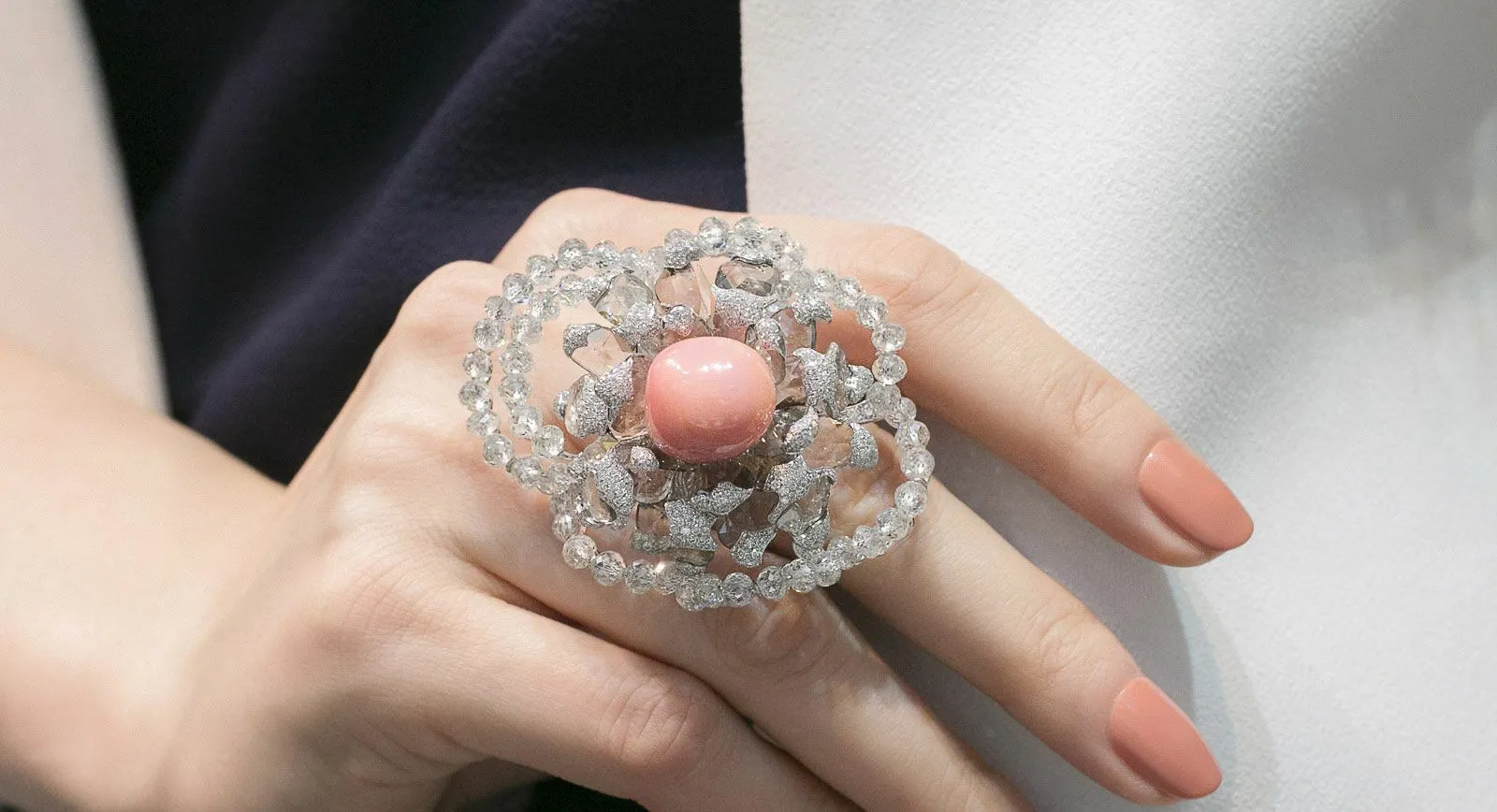
June Birthstone: Let’s Talk About Pearls… Conch Pearls
The delicately pink, red, brown-tint and white colour of the rare conch pearl, with its so-called ‘flames’ across the surface, sparked the imagination of jewellery designers throughout the 20th century – something which continues to this day. However, due to the scarcity and high price of this truly collectible jewellery material, few designers have the chance to work with it now. Nevertheless, many masterpieces have been created using conch pearls over the last 150 years, however, the selection I have put together includes pieces realised over the last 20 years.
Personally, I am a huge fan of conch pearls, and I don’t want to rush into showing you the conch pearl gallery right away. First, let me tell you a bit about the history of this material in jewellery art. The first mention of the conch pearl can be found in the diaries of Christopher Columbus, but its use as a jewellery material became popular in the early 20th century. One could consider the first conch pearl collector to have been Mr. Henry Philip Hope, a famous London banker whose owned many truly unique gems.

The Gerbera flower ring with conch pearl by Alessio Boschi
Since the 1840s, famous jewellery maisons like Tiffany&Co. and Cartier have created magnificent jewels with rare natural pink pearls. From the Art Nouveau period until the First World War, there was a variety of designs available. – Luciano Policicchio, Conch Pearl Expert and Director of the Geneva-Based Company Shanghai Gems S.A.

Mauro Felter necklace with conch pearls and diamonds designed for Shanghai Gems S.A.
As it turned out, the love of conch pearls practically disappeared during the inter-war period, and its price immediately dropped. No one can say for certain why this happened. Some believe that the global financial crisis in 1929 was the reason, others argue that this type of pearl simply went out of fashion. One critical fact remains indisputable: this point in time marked the end of the sailing navy, and the arrival of steam ships which did not require ballasts made of pearl shells meant these became entirely obsolete. In the 1980s however, conch pearls regained popularity due to the work of companies like Harry Winston and Mikimoto.

Sarah Ho conch pearl, South Sea pearl and diamond earrings
Nowadays, conch pearls are in high demand only within the narrow circles of connoisseurs and collectors, because jewellery that incorporates them is not available to everyone. As a rare and expensive material, pink pearls decorate the works of selected private jewellers and respected maisons who are able to highlight their beauty and uniqueness of the sea treasures.
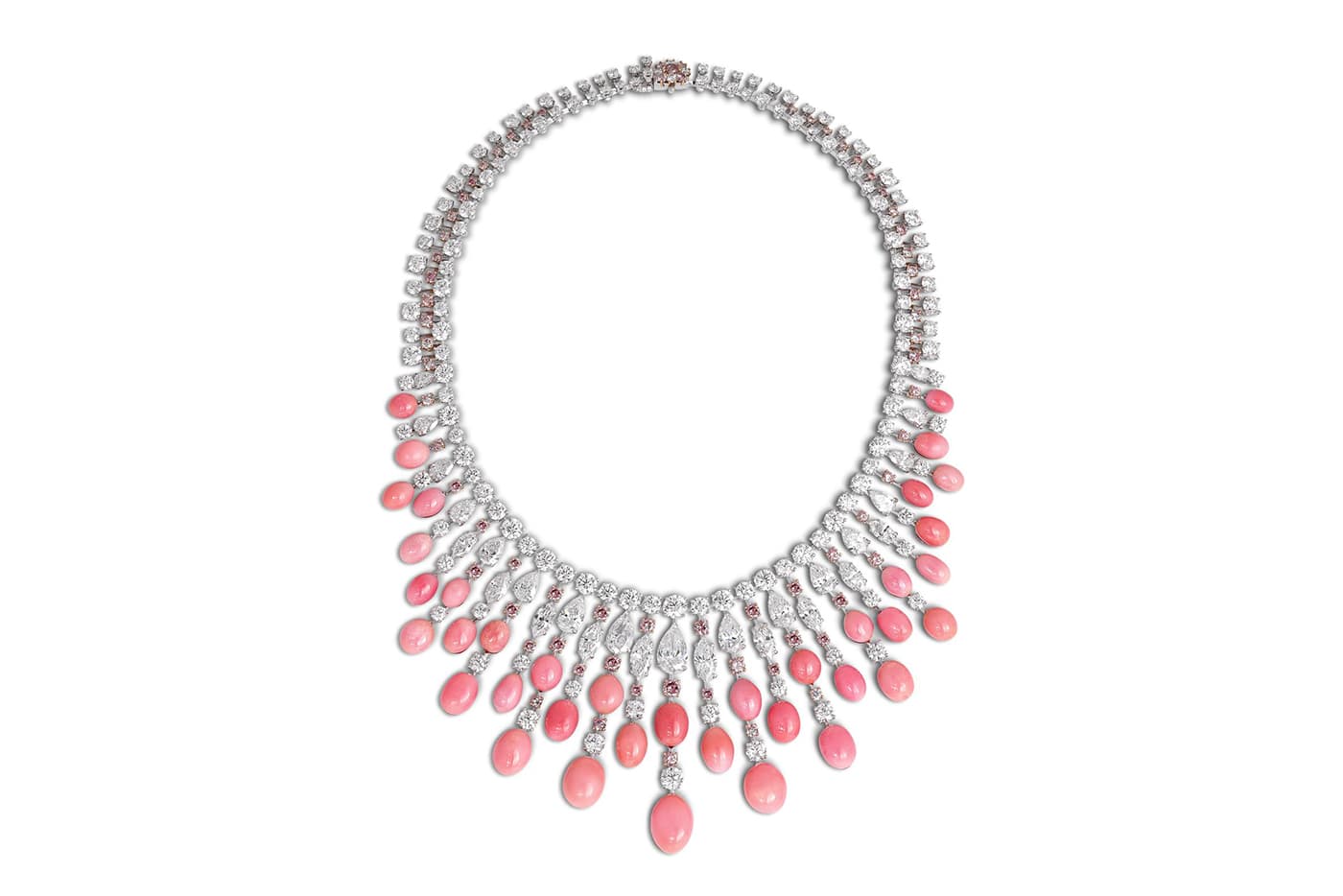
David Morris
David Morris
Necklace with conch pearls and diamonds
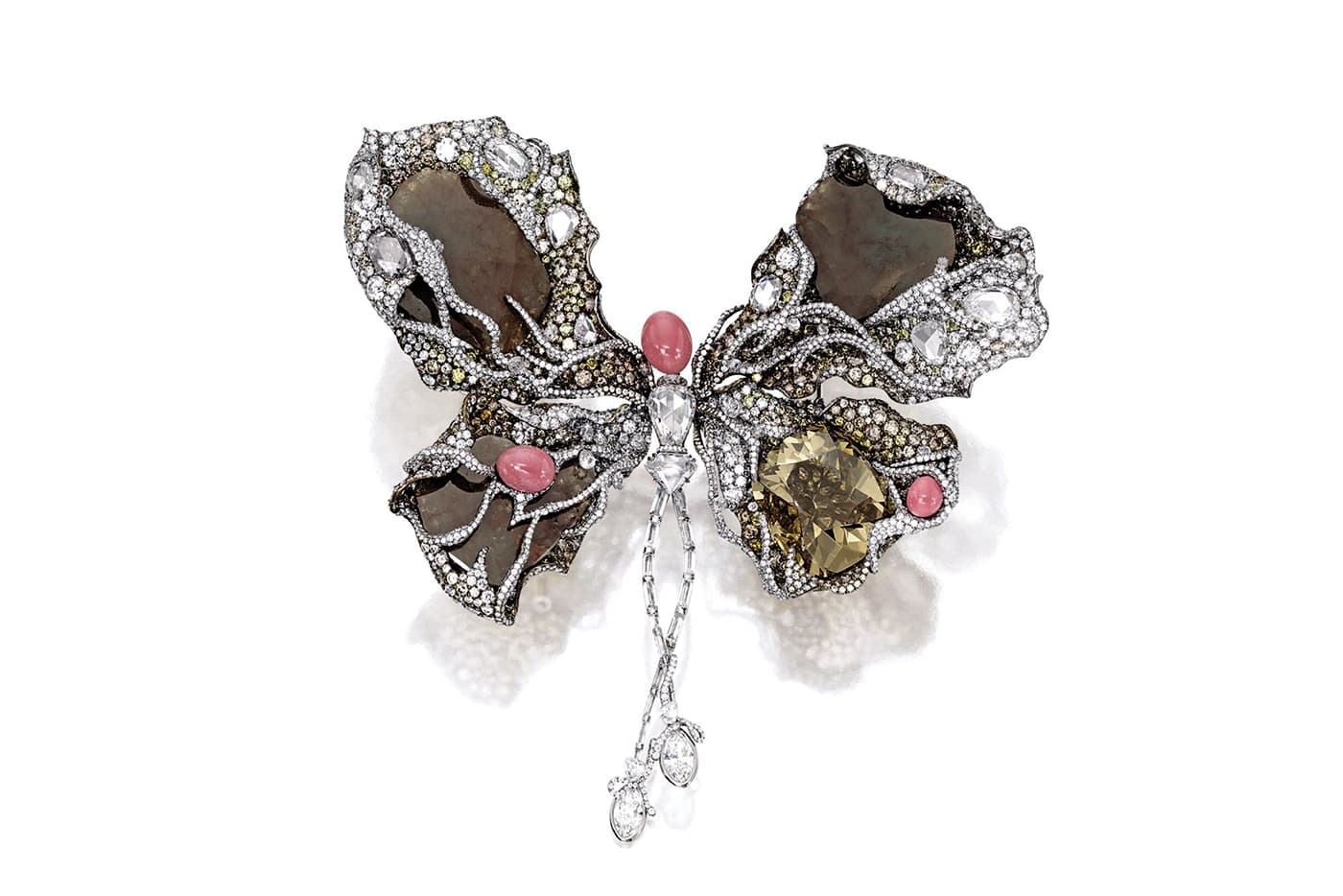
Cindy Chao
Cindy Chao
2014 Masterpiece ‘Ballerina Butterfly’ brooch with conch pearls, yellow, brown and colourless diamonds in titanium and 18k white gold

Sarah Ho
Sarah Ho
‘Full circle’ earrings with conch pearls, Imperial topaz, topaz and diamonds in 18k rose gold
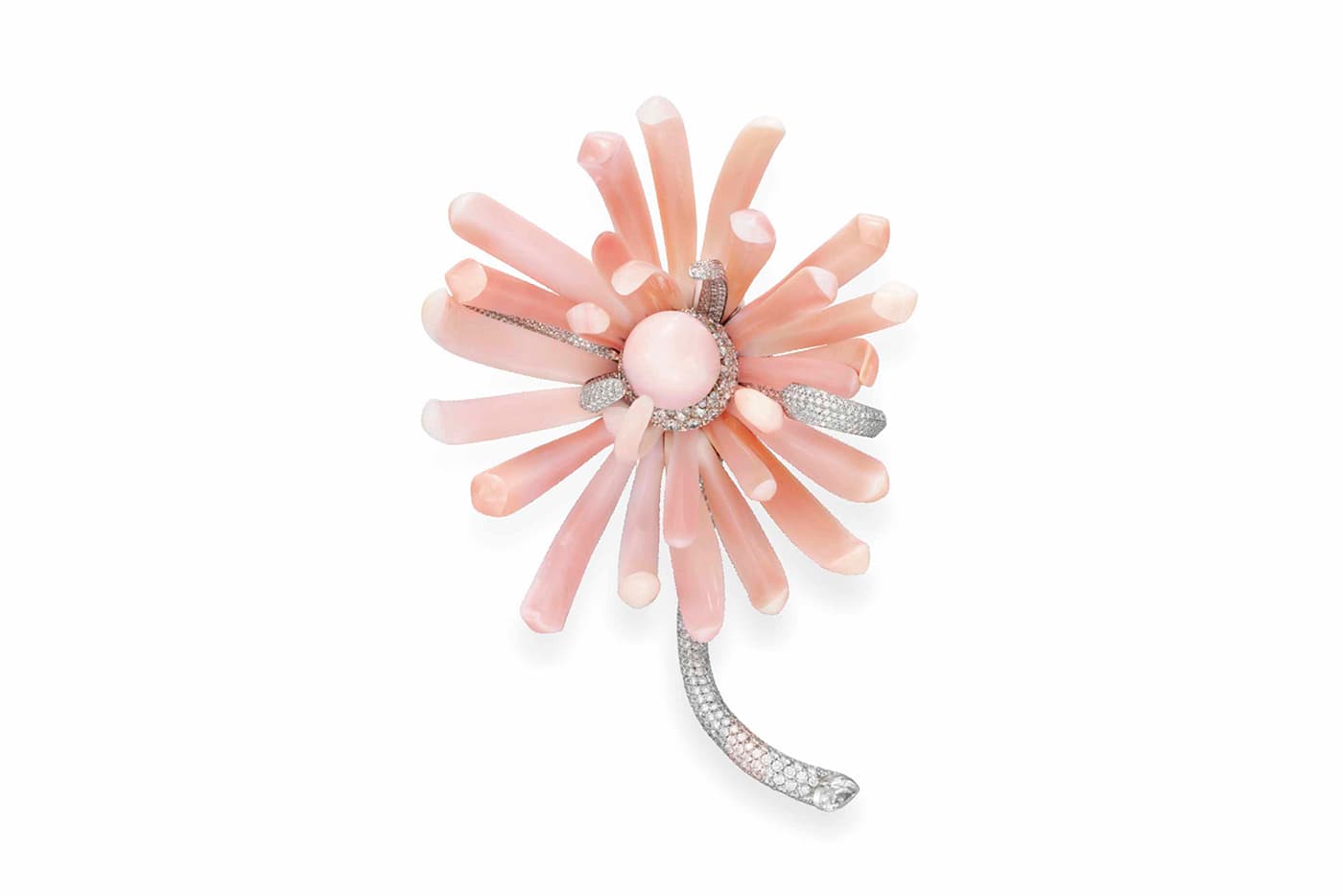
Tiffany&Co.
Tiffany&Co.
Brooch with conch pearls and diamonds
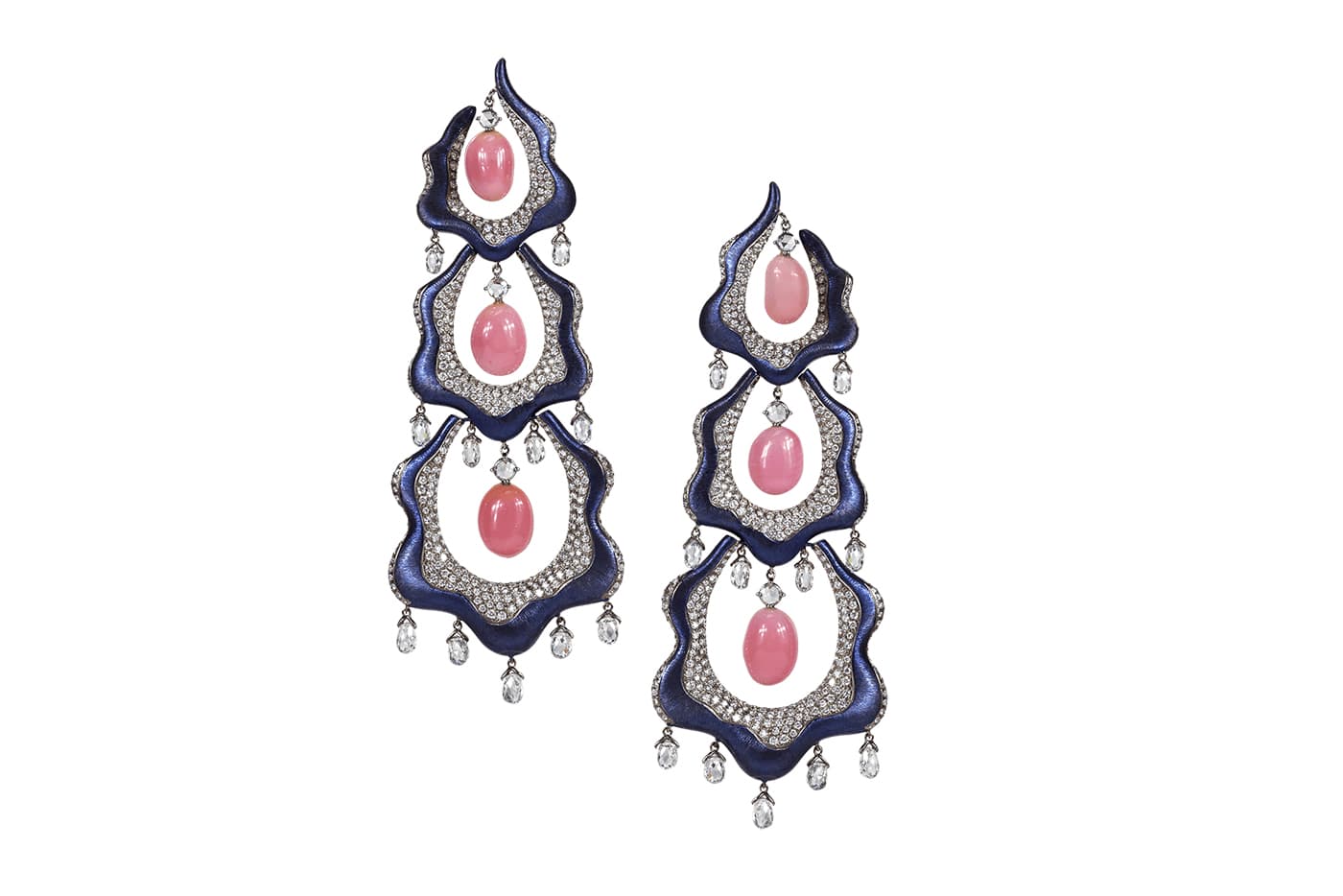
Moussaieff
Moussaieff
Earrings with conch pearl and diamonds in titanium

Boghossian
Boghossian
Necklace with conch pearls and diamonds

ANNA HU
ANNA HU
‘Enchanted orchid’ ring with conch pearl and diamonds

Ksenia Podnebesnaya
Ksenia Podnebesnaya
Earrings with conch pearls and diamonds

Sarah Ho
Sarah Ho
‘Persica’ necklace with conch pearls, pearls and diamonds in 18k white gold

AENEA
AENEA
‘Lily’ brooch with conch pearl, sapphires, tsavorite and diamonds
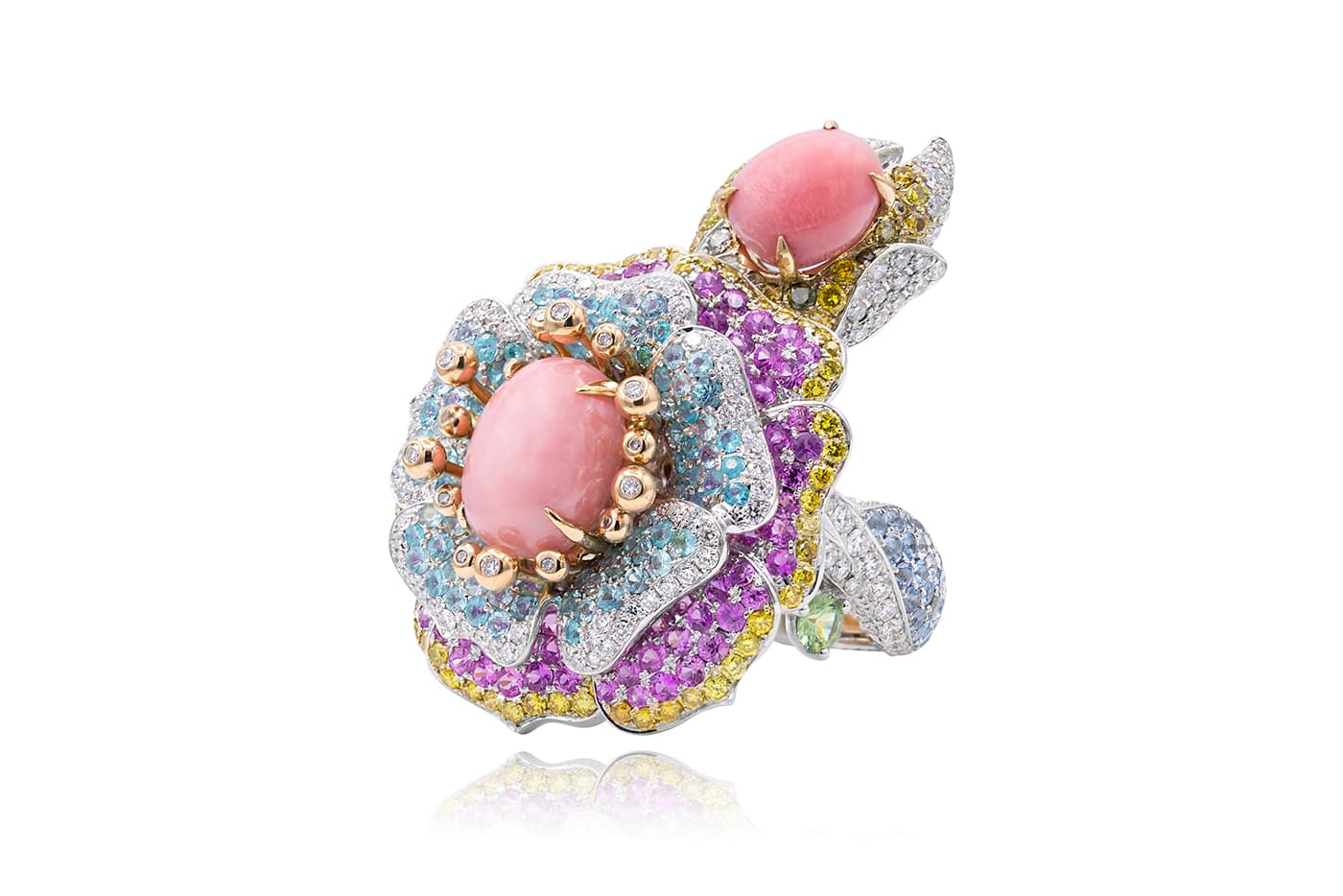
Alessio Boschi
Alessio Boschi
‘Rose de France’ ring with conch pearls, diamonds and sapphires in 18k white and yellow gold

Hemmerle
Hemmerle
Earrings with with conch pearls and topaz in copper and pink gold

Boghossian
Boghossian
Necklace with conch pearls and diamonds
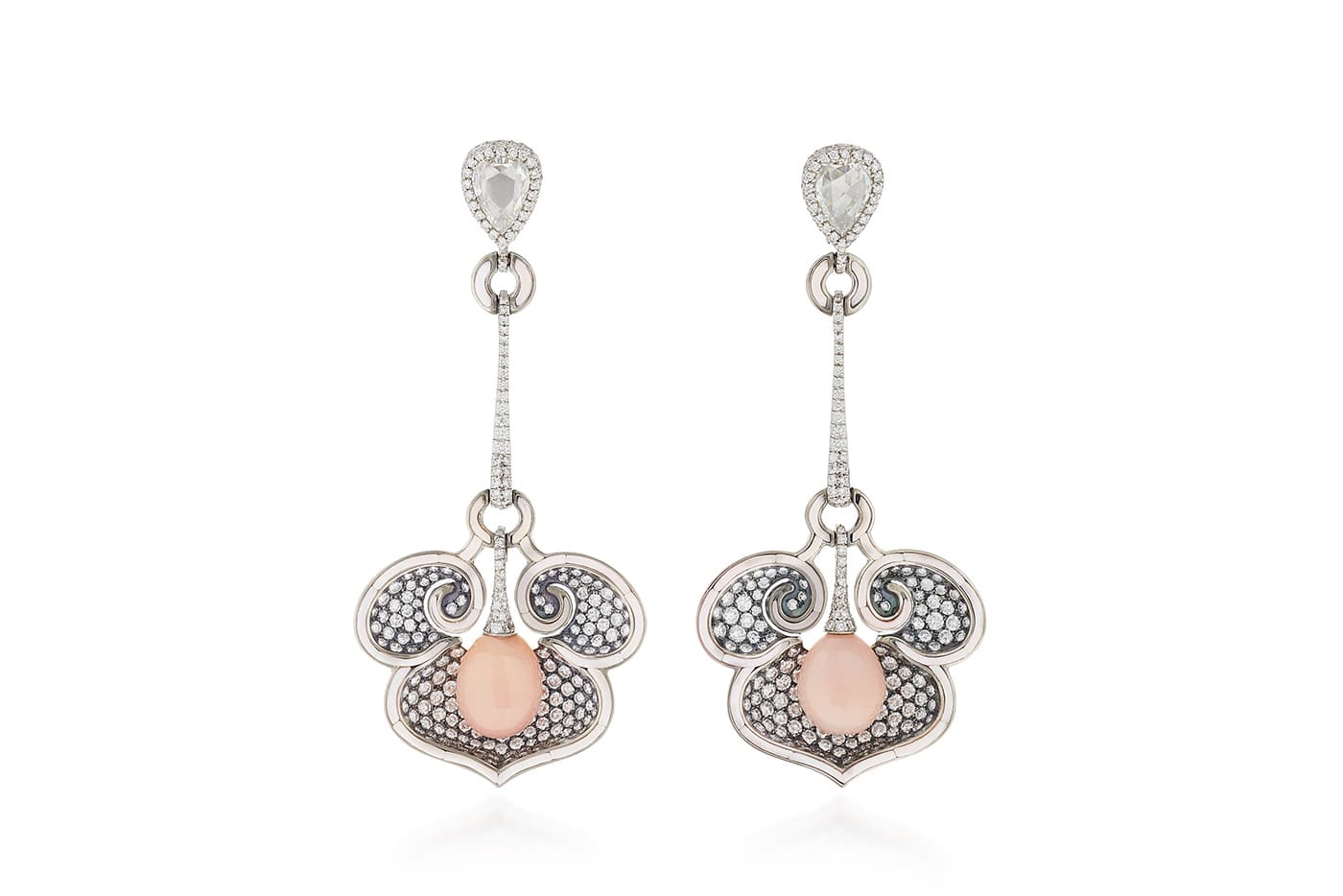
Arunashi
Arunashi
Earrings with conch pearls, pearls and diamonds

David Michael
David Michael
Ring with conch pearls, sapphires, tsavorites and diamonds

Bina Goenka
Bina Goenka
Earrings with conch pearls and diamonds
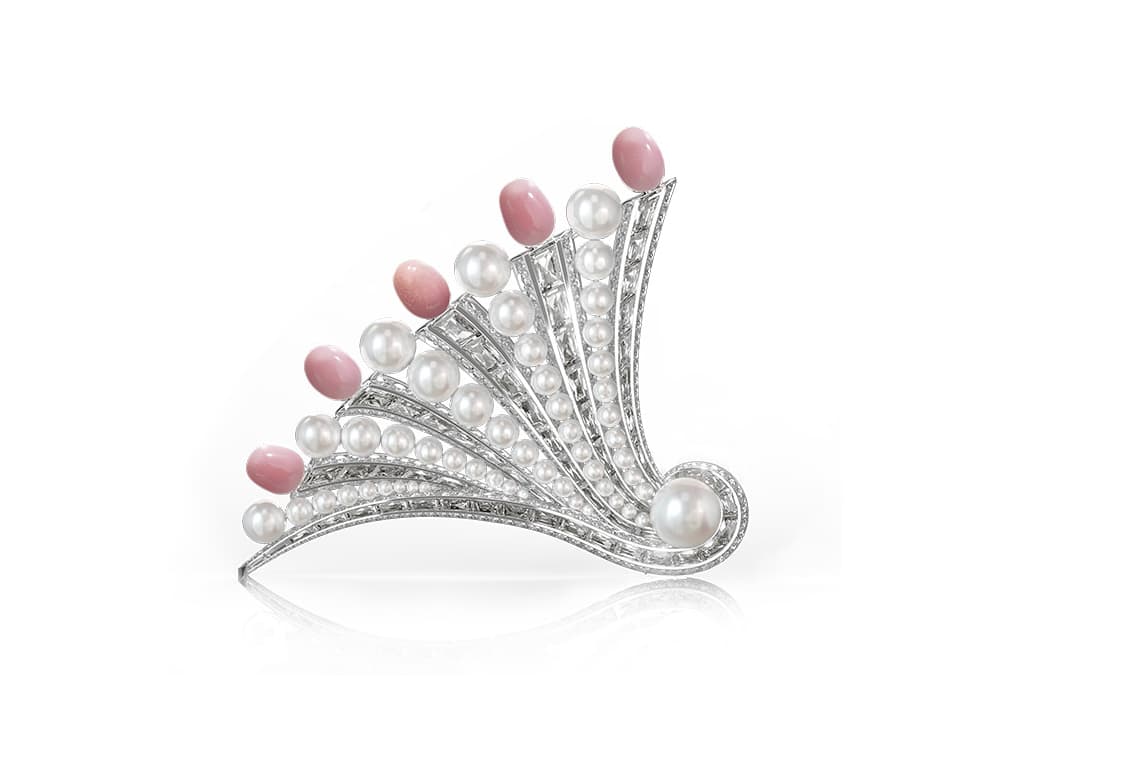
Assael
Assael
Brooch with conch pearls, pearls and diamonds
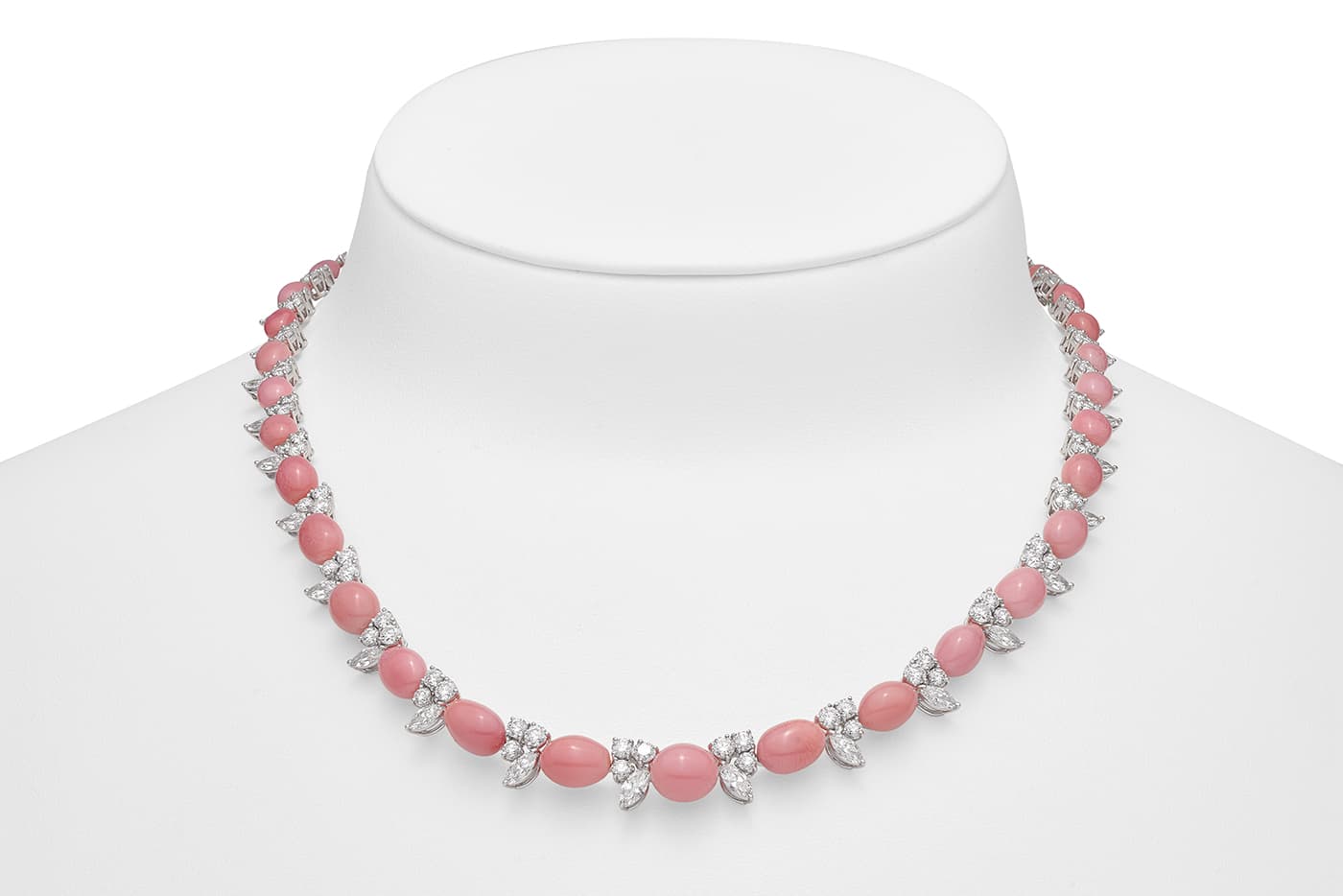
Mikimoto
Mikimoto
Riviere necklace with conch pearls and diamonds

WORDS
Katerina Perez is a jewellery insider, journalist and brand consultant with more than 15 years’ experience in the jewellery sector. Paris-based, Katerina has worked as a freelance journalist and content editor since 2011, writing articles for international publications. To share her jewellery knowledge and expertise, Katerina founded this website and launched her @katerina_perez Instagram in 2013.








